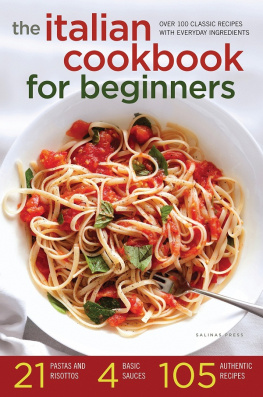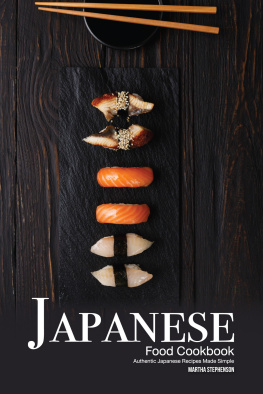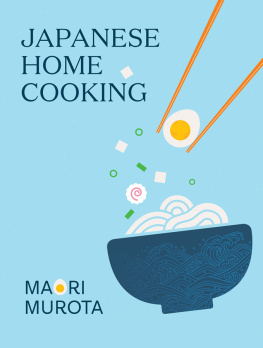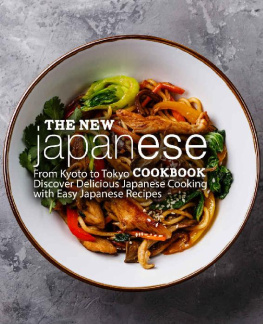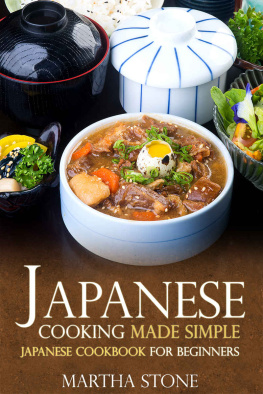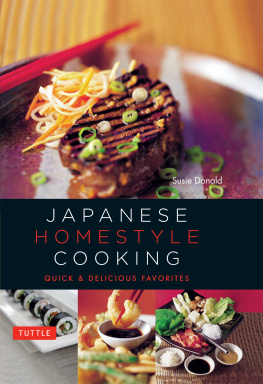Copyright 2014 by Salinas Press, Berkeley, California
No part of this publication may be reproduced, stored in a retrieval system or transmitted in any form or by any means, electronic, mechanical, photocopying, recording, scanning or otherwise, except as permitted under Sections 107 or 108 of the 1976 United States Copyright Act, without the prior written permission of the Publisher. Requests to the Publisher for permission should be addressed to the Permissions Department, Salinas Press, 918 Parker St., Suite A-12, Berkeley, CA 94710.
Limit of Liability/Disclaimer of Warranty: The Publisher and the author make no representations or warranties with respect to the accuracy or completeness of the contents of this work and specific ally disclaim all warranties, including without limitation warranties of fitness for a particular purpose. No warranty may be created or extended by sales or promotional materials. The advice and strategies contained herein may not be suitable for every situation. This work is sold with the understanding that the publisher is not engaged in rendering medical, legal or other professional advice or services. If professional assistance is required, the services of a competent professional person should be sought. Neither the Publisher nor the author shall be liable for damages arising herefrom. The fact that an individual, organization or website is referred to in this work as a citation and/or potential source of further information does not mean that the author or the Publisher endorses the information the individual, organization or website may provide or recommendations they/it may make. Further, readers should be aware that Internet websites listed in this work may have changed or disappeared between when this work was written and when it is read.
For general information on our other products and services or to obtain technical support, please contact our Customer Care Department within the United States at (866) 744-2665, or outside the United States at (510) 253-0500.
Salinas Press publishes its books in a variety of electronic and print formats. Some content that appears in print may not be available in electronic books, and vice versa.
TRADEMARKS: Salinas Press and the Salinas Press logo are trademarks or registered trademarks of Callisto Media Inc. and/or its affiliates, in the United States and other countries, and may not be used without written permission. All other trademarks are the property of their respective owners. Salinas Press is not associated with any product or vendor mentioned in this book.
Photo credits: StockFood/Marc O. Finley, p. ii; StockFood/Maja Smend, p. vi; StockFood/Christian Petersen, p. x; StockFood/Martina Schindler, p. 18; StockFood/ Martina Schindler, p. 32; StockFood/Valerie Janssen, p. 52; StockFood/Eising Studio, p. 72; Masterfile/Edward Pond, p. 92; StockFood/Maja Smend, p. 114; StockFood/ Martina Schindler, p. 132; StockFood/Alessandra Pizzi, p. 168; StockFood/ISTL, p. 196; StockFood/Klaus Arras, p. 216; Getty Images/Patrick Yuen, p. 236. Illustrations: Tom Bingham, pp. 144-145, 156-157, 160-161.
ISBN: Hardcover 978-1-62315-466-0 | Paperback 978-1-62315-392-2 | eBook 978-1-62315-393-9
CONTENTS

INTRODUCTION
To many Americans, Japanese cooking seems mysterious and inaccessible. The truth is that most of it is quite easy and surprisingly quick.
A mericans eat a lot of Japanese food, but very few prepare it themselves. You might be perfectly comfortable eating sushi or tempura at your favorite Japanese restaurant, but cook it at home? To many Americans, Japanese cooking seems mysterious and inaccessible. The truth is that most of it is quite easy and surprisingly quick. Think about the chicken yakitori you ate last night: a skewer of grilled meat with sauce, perhaps topped with a scattering of slivered scallions. Or that miso soup: broth with some cubes of tofu. The title of the classic Japanese cookbook, Shizuo Tsujis Japanese Cooking: A Simple Art, perfectly describes these dishes, and, in fact, all of Japanese cuisine. Each recipe is a refined combination of only a few ingredients, beautifully presented.
The chapters that follow clear the air of mystery that surrounds Japanese cookery. Youll learn about the ingredients, most of which youll recognize from your visits to the sushi bar; the tools, many of which are interchangeable with gear you already own; and the techniques, which youre likely to master easily. , youll find listings of online sources for affordable ingredients and tools that may not be readily available at your regular supermarket.
Although sushi is the first thing that pops into your mind when you think about Japanese food, youll discover theres a lot more going on. Savory rice dishes, vegetable salads, grilled meats, fried seafood, noodle soups, and hot pots bring a wide range of flavors and preparations to the table. Some of this variety originated in Japan, while many elements were adopted from other cultures.
The single most important ingredient in Japanese cuisine is rice, which the Japanese have been cultivating for more than 2,400 years. Soybeans, the second-most important food, arrived from China around the same time as rice, and were turned into a whole category of foodsfrom miso to tofuthat show up all over the Japanese menu. Soy products, along with the seasonal vegetables, game, and fish that grew on the islands of Japan and in the surrounding sea, served as accompaniments to rice, as they still do today. Starting in the sixth century, when Buddhism became Japans official religion, meat was almost entirely removed from the Japanese diet; fish and poultry remained. But the cuisine continued to evolve, incorporating more foreign influences. Deep-frying (tempura) appeared after the first European missionariesthe Portuguesearrived in the sixteenth century. By the early nineteenth century, sushi had been refined into its now-familiar form. Curry, now a very popular way of cooking, reached Japan in the mid-1800s, when the British imported it from colonial India, and ramen noodles came from China.
Japan has continued to make foreign ingredients and techniques its own, while remaining true to its rice-based culinary customs.
This has changed somewhat in recent decades, however, as processed, fatty Western convenience and fast foods have flooded in, and the time-honored respect for fresh, seasonal, simple foods has weakened (but not disappeared!). Yet at the same time, Westerners in search of culinary diversity and a healthier diet have embraced traditional Japanese fare. It turns out that the centuries-old Japanese habit of eating lots of fresh fish and vegetables just happens to be great for your health. Among its many benefits, the Japanese diet fights heart disease, cancer, and diabetes. It helps keep your mind sharp and your figure trim. Japanese food loves you just as much as you love it!

THE BASICS OF COOKING JAPANESE
I n Japan, cooking isnt just a way to prepare food, and food isnt just a way to fill your stomach. Both cooking and eating are meant to enrich the soul as well as nourish the bodya lofty goal, but one thats achieved without much ado. Keep a few basic principles in mind, and youll have a fundamental understanding of Japanese cooking.
The Japanese believe that food should appeal to all five senses, not just taste and smell but also sight (the way food looks), touch (foods textures), and hearing (a quiet atmosphere while eating). Meals should encompass five colorswhite, black, red, green (or blue, in some interpretations), and yellowwhich correspond to a set of Japanese philosophical concepts and spiritual beliefs. The classical Japanese meal also incorporates all of foods five flavors. These include the salty, sweet, sour, and bitter tastes long recognized in Western cuisine, as well as




